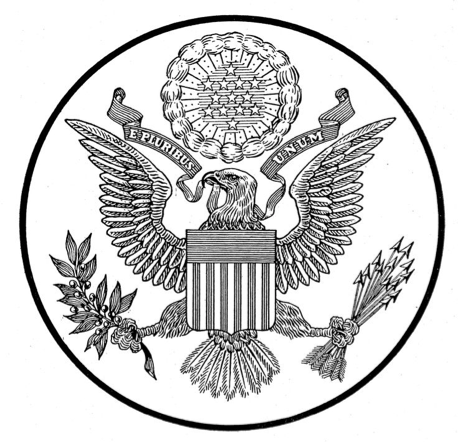Oct 16 2015 The Evolution of Collaboration
By Frank Weil, Chairman of The Intersector Project
 Recently I did a piece about The Hotdog Story (click here to read), which prompted a lot of interesting feedback.
Recently I did a piece about The Hotdog Story (click here to read), which prompted a lot of interesting feedback.
The bulk of the comments made the point that our species is hardwired to fear strangers, implying that the problem is intractable, that its source is hidden deep in our genome. Maybe they are right, BUT there is more to think about.
This August, Scientific American ran a fascinating article by paleoanthropologist Curtis W. Marean, who posits that our ancestors were not hardwired to fear strangers, but rather to cooperate, a trait that gave us an incredible competitive advantage over Earth’s other species. Because groups easily outcompete individuals in productivity, Marean reasons, intense competition likely led to a genetic tendency to collaborate. That cooperative gene, so powerfully tied to our success as a species, has influenced social development from the formation of families to the rise of tribes, kingdoms, and nations.
All this raises a difficult question: if humans are inherently collaborative, why do we have such a hard time actually collaborating as we might today?
Marean indirectly suggests a possible answer. He believes that collaboration accounts for only one part of H. sapiens’s world domination. He writes, “two innovations unique to H. sapiens primed it for world domination: a genetically determined propensity for cooperation with unrelated individuals linked with [emphasis added] advanced projectile weapons.” Humans needed not only the ability to collaborate, but also the ability to destroy. And, that second ability has been severely diminished since Hiroshima.
Today, the human species is capable of wiping itself out many times over. Since the development of nuclear weapons, and due to Mutually Assured Destruction, no other nation has truly posed an existential threat to our country (except perhaps ISIS). In hotdog terms, a server may have the right to say “stop arguing or no hot dogs for anyone ever again”; but most people like hotdogs (and few think they would like living in a nuclear wasteland), so that type of demarche is no longer taken seriously.
“That sounds pretty great,” you may be thinking right now. “What benefit could there to be someone having the capability to wipe us off the map without similar consequences to themselves?”
The work of biologist Pete Richerson of U.C. Davis and anthropologist Rob Boyd of Arizona State, as cited by Marean, reveals a possible answer. Richerson and Boyd note that collaborative behavior “spreads best when it begins in a subpopulation and competition between groups is intense and when overall population sizes are small.” That is, people are more willing to cooperate in small groups and/or when faced with intense competition for resources.
Humans collaborated very well in the original 25-person tribes that once were the basic unit of human society, but as groups grew, rivalries and competing interests increasingly threatened the unity of the groups. What holds large groups together is intense intergroup competition, which forces people to put aside their differences and unite against an external enemy.
Compare America in 2001 to today: after the September 11th attacks, Congress passed the Authorization for Use of Military Force against Terrorists with a single dissenting vote, a political consensus almost unimaginable today. The external threat of Al-Qaeda united a country that had been bitterly divided for years. But today, our political parties are at one another’s throats, and the hope for any cooperation seems a distant one. In order to promote party unity, each party demonizes the other, painting it as the threat to incentivize intra-group collaboration, even at the cost of inter-group compromise.
Without some external threat to unite against, humans do seem to prefer working in smaller groups. Thus, our formerly collaborative nation has broken down into smaller, intensely competitive groups. Without arrows in one hand, the olive branch is less effective. Take a look at the Great Seal of the United States if you don’t believe how important that balance was to our nation when the seal was designed long ago:
So what can we do? Obviously we should not seek to create a new enemy (real or imagined) with a new power to destroy our society. In fact, there is no need to do that; that enemy is still here. We see him/her every day, staring back from the mirror.
With our willingness to collaborate and our mastery of ever-deadlier projectile weapons, Homo sapiens has rapidly become the most dangerous species that has ever existed on this planet. And we should be more afraid of what we may be capable of.
I suggest that we in effect hold up a global size mirror (lots of public illumination of the subject) and see ourselves really clearly: recognize that we are a truly existential threat to our own species. And maybe then, finally, we can learn to collaborate, not out of a fear outsiders, foreigners, or strangers, but of ourselves.
If we can see ourselves as what we really are, perhaps we will be frightened enough to put aside our differences and strive towards a better, more cooperative future.
Ugh!
